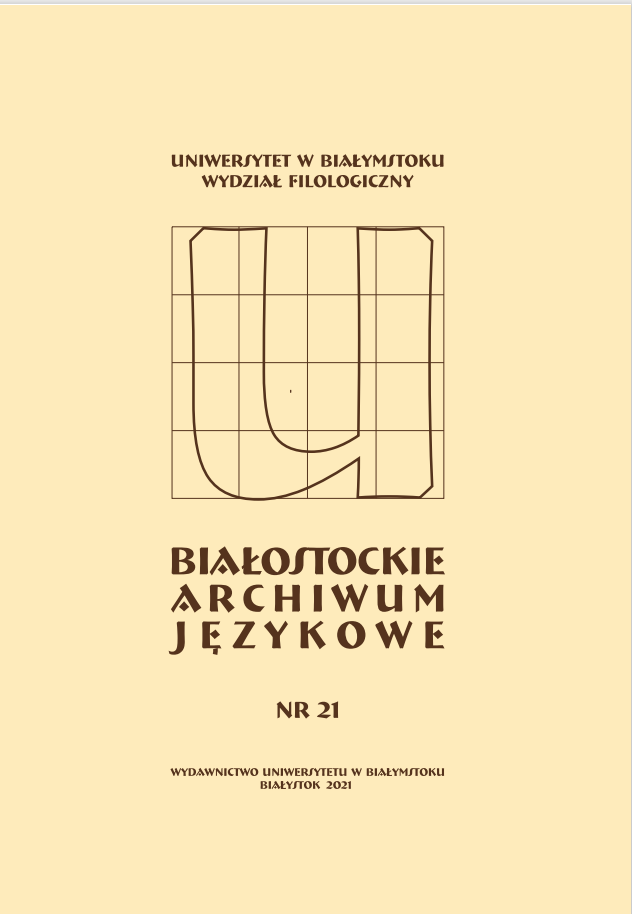Obraz wilka w języku francuskim
Linguistic picture of a wolf in the French language
Author(s): Patrycja KochaniecSubject(s): Language studies, Language and Literature Studies
Published by: Wydawnictwo Uniwersytetu w Białymstoku
Keywords: wolf; linguistic picture of the world; linguistic picture of a wolf; French language
Summary/Abstract: The aim of this article is to analyze the linguistic picture of a wolf in the French language. The focal issues of the study are the following: dictionary definition of a wolf, its physical features, wolf’s relationship with other animals, wolf’s habits, as well as human features attributed to a wolf. The linguistic picture of a wolf was reconstructed using the cognitive method developed by Jerzy Bartmiński. The research hypothesis assumes that the linguistic picture of a wolf is negative as this animal is commonly thought of as dangerous and threatening. However, the study has shown that positive features of a wolf (independence, intelligence, solidarity between wolves) are also linguistically present. Moreover, the French proverb on crie toujours le loup plus grand qu’il n’est (literally: “people consider a wolf to be more dangerous than it really is”) expresses the lack of objectivity towards this animal.
Journal: Białostockie Archiwum Językowe
- Issue Year: 2021
- Issue No: 21
- Page Range: 85-95
- Page Count: 11
- Language: Polish

